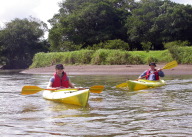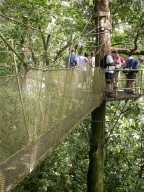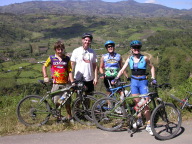This is a collection of images from a pair of trips booked through REI Adventures and provided by Costa Rica Sun Tours. The first was their “Jungle and Sea Escape” from December 20-27, 2002 and the second was their “Costa Rica Multisport” trip from December 28 through January 4th, 2003.



